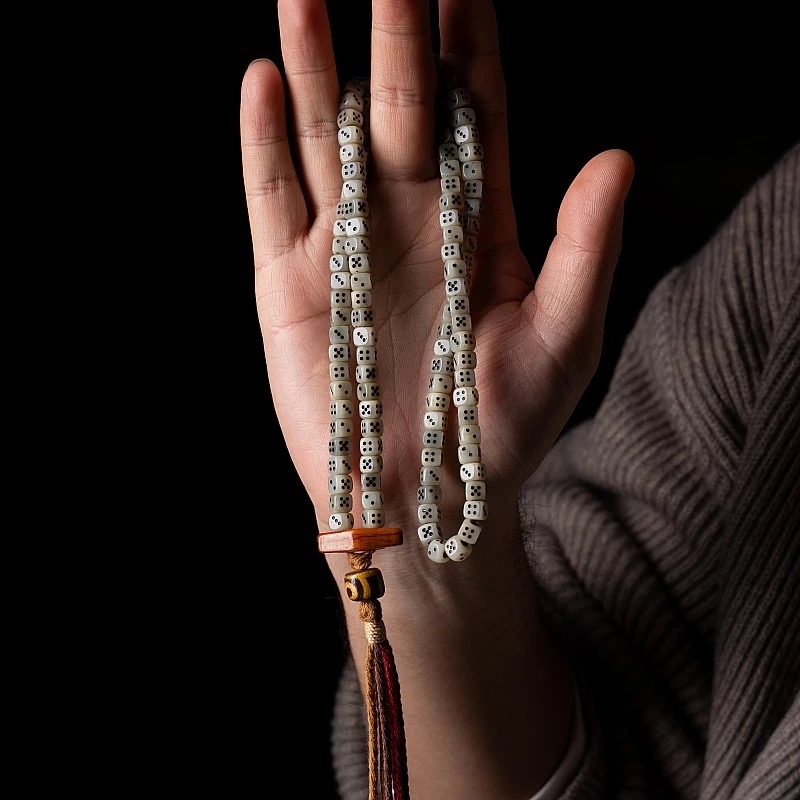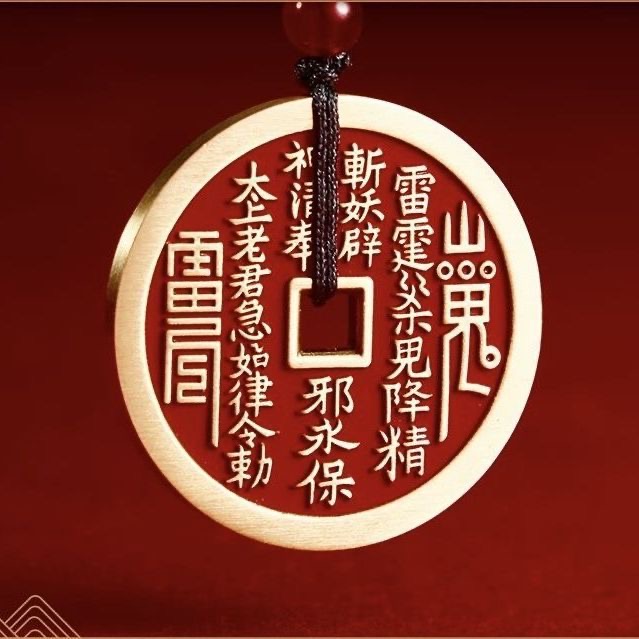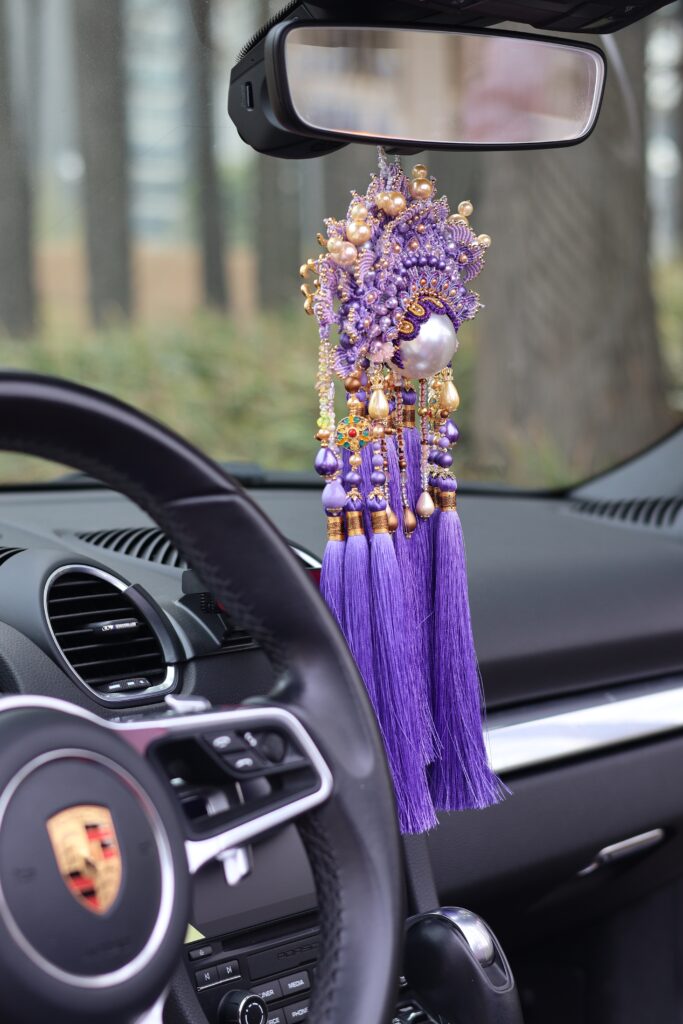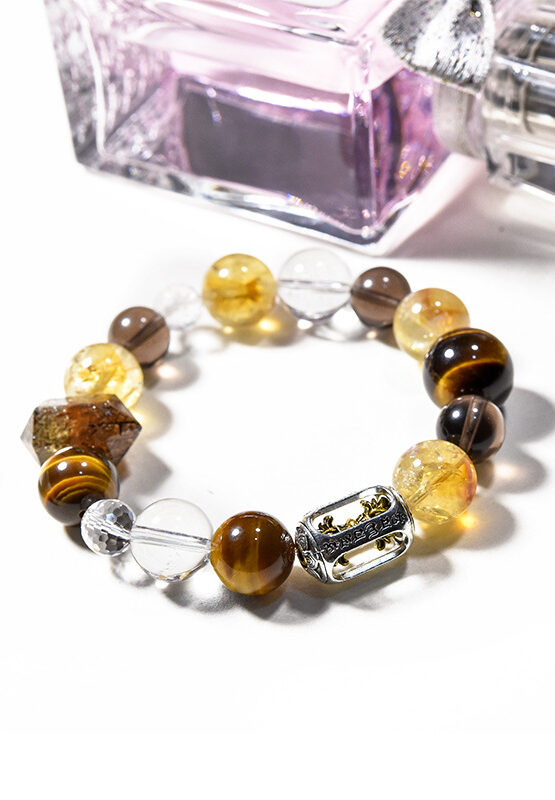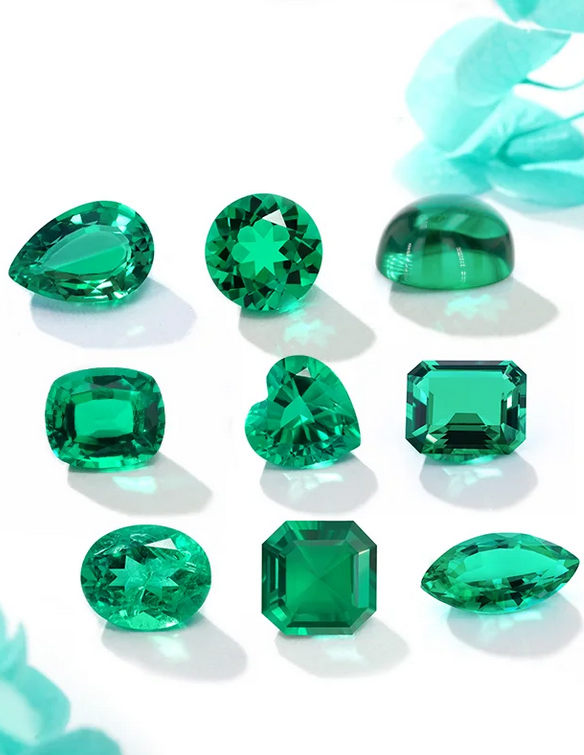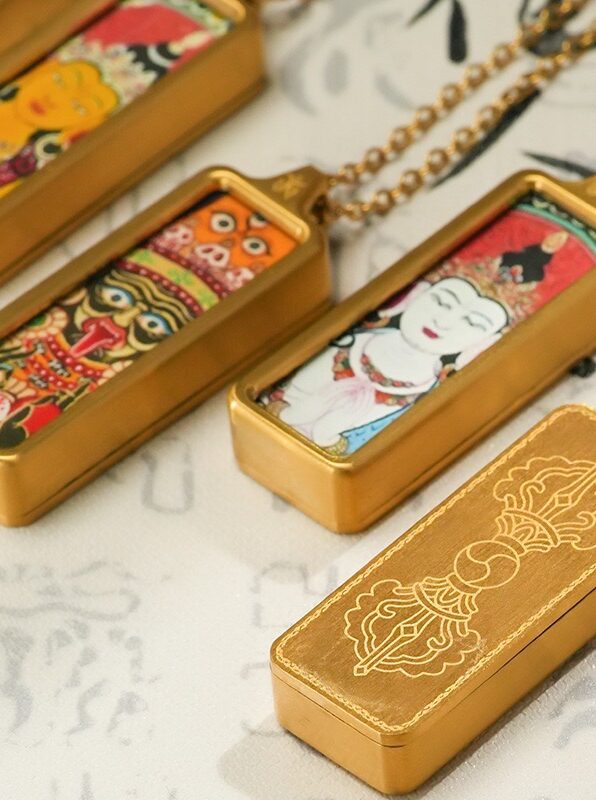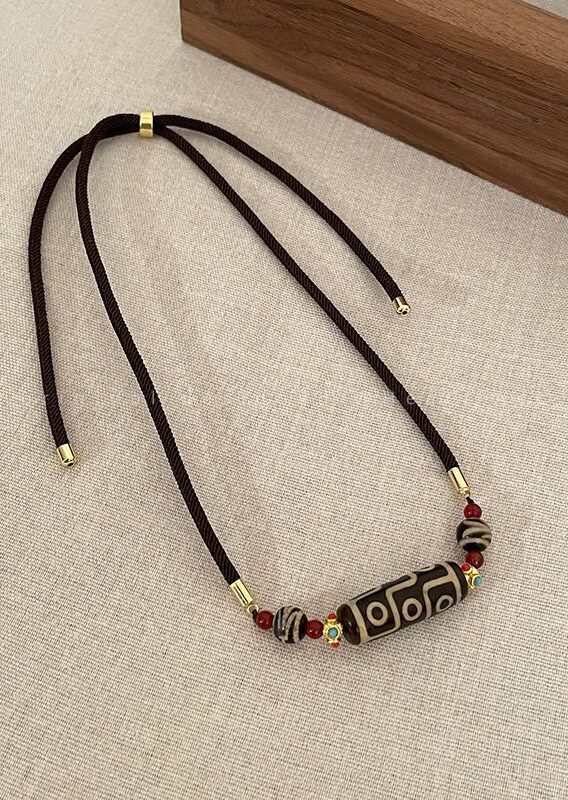Aurum Flow
We are a website that showcases Chinese intangible cultural heritage, delicious cuisine, and daily useful items. You will be amazed by what we offer. You can enjoy noodles from Xi’an and Shanxi, spicy flavors from Hubei, Hunan and Sichuan, or your favorite taste right at home.

In the twilight of the old mansion in Jiangnan, the pearls wrapped in silver wire are glistening on the desk. The fingertips of Lin Wanqing, the inheritor of Suzhou embroidery, stroked over the glazed crystal, and in a trance, it was as if she had touched the golden pearls on the cape of the enjoined wife three hundred years ago. During the Yongle period of the Ming Dynasty, Mrs. Xie, the wife of the minister of the Ministry of Public Works, was granted a first-rank enjoinment because she was meritorious in disaster relief. On the cape, the peonies inlaid with Dongzhu beads and crystals were vivid, and the tassel of the phoenix head trembled with her steps, as if the stars in the sky were embellished on the earth. This honor is not only an award for virtue, but also hides the craftsman’s pursuit of the ultimate craftsmanship — each pearl needs to be polished through twelve procedures, the crystals need to be carved into a hundred petals of exquisite peonies, and the gold tassels require more than three years of experience for the embroiderer to weave out the rhythms. While Wang Hernian, an inheritor of the non-heritage pompom technique, dips silver threads into a special dye solution to recreate the “silver-red” color of the Ming Dynasty, Lin Wanqing is sewing handmade tassels. Silk threads are intertwined with gold threads, and the twelve coiled buttons are like butterfly wings, which reminds her of the story her grandmother told her: in the olden days, in the ceremonial procession of the ennobled lady, the embroiderers were required to sew the tassels under the moonlight, and the refracted rays of the threads lit up the whole long street. “This is not a simple reproduction.” Lin Wanqing embedded the pearls into the crystal receptacle, “We used the false and messy stitches of Suzhou embroidery, the make-up techniques of Nanjing Yunjin, and even improved the lost ‘tired silk dotting’ into an environmentally friendly material.” Fingertips winding tassels gently swaying, each thread with the moist breath of the Suzhou River, as if to tell a hundred years of craftsmen’s perseverance. Nowadays, when this hanging ornament adorned with non-heritage craftsmanship hangs in front of the window, the halo of light refracted by the pearl and the crystal’s clarity are a perfect match. It is not only a tribute to history, but also the inheritance of a thousand years of craftsmanship. Every shake is a whisper of time, weaving the dignity and virtue of the enjoined lady and the persistent craftsmanship of the non-heritage craftsmen into a never-fading oriental legend.
Symbols of Tibetan Culture
The number 108 is of extraordinary significance in Tibetan culture and even the entire Buddhist culture. It represents 108 kinds of worldly troubles. People, through chanting mantras and twirling prayer beads, every time they twirl a bead, it symbolizes eliminating one kind of trouble, so as to gain spiritual peace and liberation. When you wear this camel bone 108 decorative string necklace, it is like carrying this beautiful wish with you, feeling the spiritual power of Tibetan culture at any time.
The dice shape on the necklace also contains profound cultural connotations. Dice often appear in traditional Tibetan games and divination, symbolizing the impermanence of fate and the opportunities in life. In Buddhist philosophy, it also reminds people to cherish the present and face all kinds of changes in life positively.
What about “spending money”? Many friends may not have heard of it. “Spending money” is actually an ancient copper coin with a round outer edge and a square hole in the middle. However, it cannot be used to buy things because it is not a currency in circulation. Instead, it is a kind of folk money specifically used for protection and bringing good fortune.
People cast copper coins into the shape of money and engraved auspicious patterns or words on them, such as “longevity and wealth”, “peace throughout the land”, “blessings and longevity”, etc., and called them “spending money”. They wore them on their bodies to pray for blessings and protection. Among various spending money, the most famous one is the “Mountain Ghost spending money”.
The term “Mountain Ghost” first appeared in Qu Yuan’s “Nine Songs” in “The Songs of Chu”. Originally, he was a mountain god, but because he was not officially enshrined by the Heavenly Emperor, he was only called “Mountain Ghost”. It is said that he was good at upholding justice for the people and was responsible for protecting the creatures in the mountains, along with the earth god, to safeguard the area. Later, for convenience, people cast the Mountain Ghost’s blessings into the shape of money and carried them with them. In folk customs, the Mountain Ghost spending money has many unique functions:
1. Solving difficulties: The Mountain Ghost spending money contains various auspicious elements and can dispel negative energy, eliminate obstacles and misfortunes.
2. Enhancing aura: Copper coins are strong in nature and can enhance one’s positive energy, boost one’s aura, and attract good luck.
3. Attracting wealth: As a type of money, wearing the spending money can generate wealth and bring in financial resources.
4. Protecting peace: The power of the Mountain Ghost spending money is like a barrier that can keep all kinds of bad luck out and protect peace and tranquility.
Therefore, in the past, people liked to wear spending money on their hats or belts. On the one hand, it was for decoration, and on the other hand, it could ward off misfortune and protect their health and safety.
